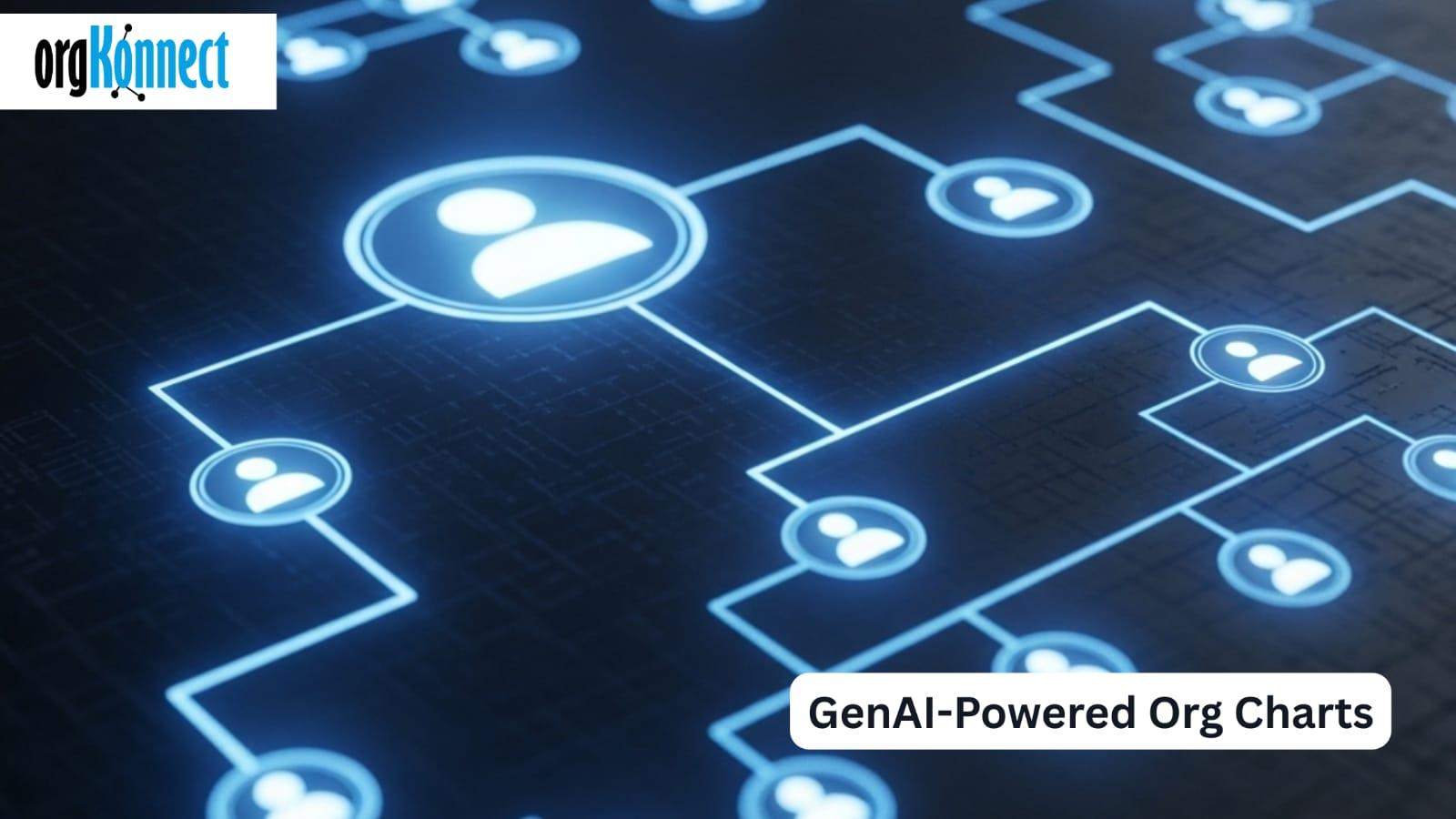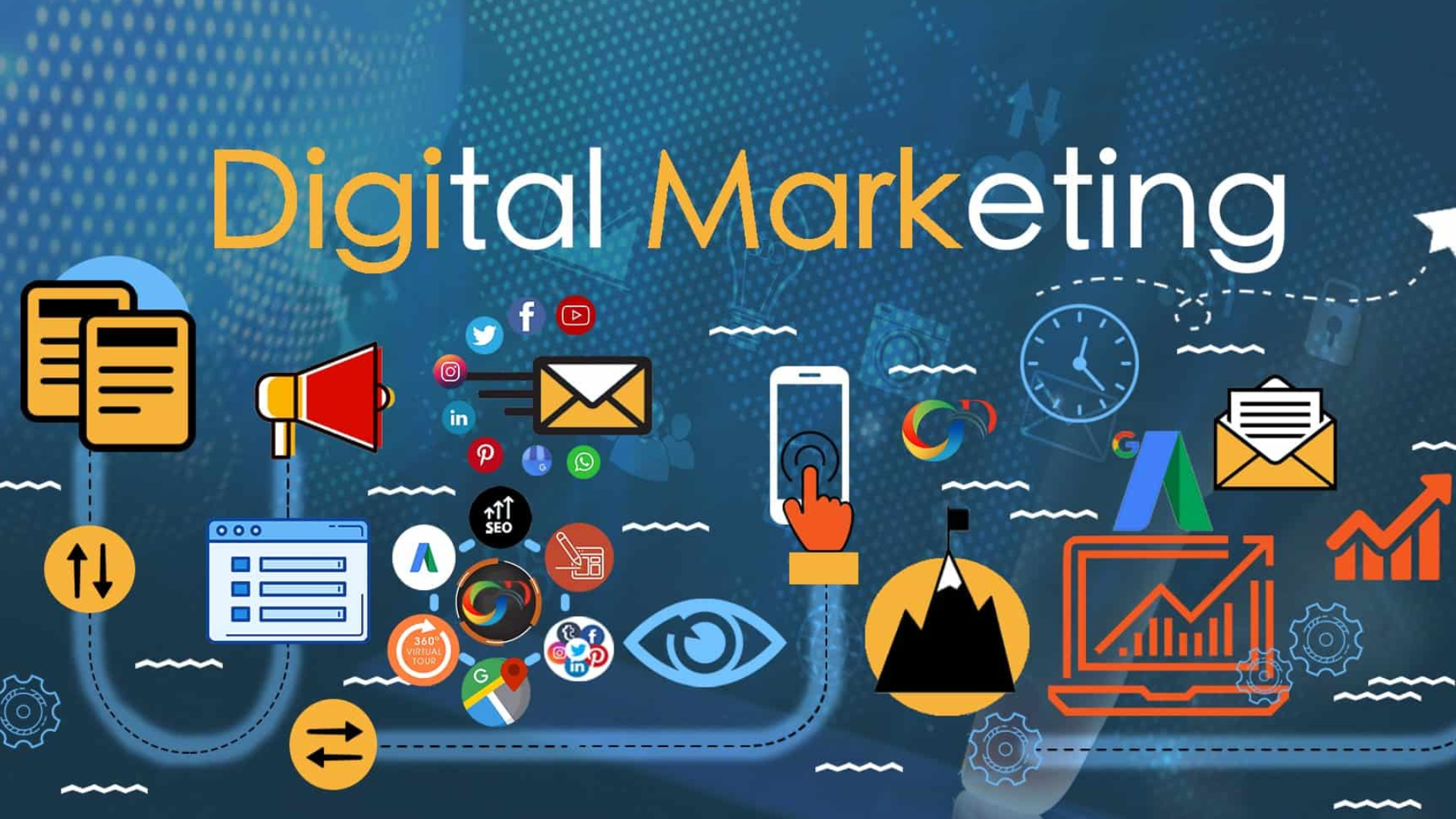Starbucks Org Chart: How Matrix Management Powers Global Consistency and Innovation

Starbucks has long been regarded as one of the most effective global organizations in modern business. While many brands struggle to maintain consistency during rapid international expansion, Starbucks thrives on a structure designed for both control and creativity. The secret lies within the Starbucks org chart — a matrix-style system that merges global vision with local empowerment.
The org chart Starbucks follows is a model of balance — balancing structure with flexibility, and standardization with innovation. This article explores how Starbucks’ matrix management system supports its success across thousands of stores and dozens of countries.
Understanding the Starbucks Matrix Structure
At its core, the Starbucks org chart operates under a matrix structure, which combines multiple forms of hierarchy:
-
Functional hierarchy – Organizes the company by departments such as marketing, finance, operations, and human resources.
-
Geographic hierarchy – Divides the company by regions such as North America, Asia Pacific, EMEA, and Latin America.
-
Product-based hierarchy – Focuses on different product categories, like beverages, food, and digital services.
This layered approach allows Starbucks to maintain centralized control over its brand identity while enabling regional flexibility for local markets.
For example, while the company’s corporate headquarters in Seattle sets global policies and branding guidelines, regional managers in Japan or India can adapt store layouts, beverage menus, and marketing strategies to suit local tastes.
The result is a company that feels both global and local, a blend perfectly reflected in the org chart Starbucks maintains.
Why Starbucks Uses a Matrix Management System
Starbucks’ matrix structure wasn’t chosen by accident. It was a deliberate response to the challenges of scaling an experience-based business worldwide.
1. To Maintain Brand Consistency
The matrix ensures that every department and region aligns with Starbucks’ brand mission — delivering a “third place” experience that combines premium coffee with comfort and community.
2. To Encourage Innovation
By connecting employees from different functions and geographies, the matrix promotes collaboration. Ideas for new products, sustainability practices, and store designs can emerge from any part of the organization.
3. To Enable Local Responsiveness
Markets vary greatly across cultures. The org chart Starbucks allows regional divisions to respond quickly to changing customer preferences or local competition while still adhering to global standards.
4. To Support Scalability
With tens of thousands of stores globally, scalability is key. The matrix enables Starbucks to expand without losing operational control, allowing for both horizontal and vertical growth.
The Starbucks Org Chart: Leadership Structure
At the top of the Starbucks org chart is the Chief Executive Officer (CEO), who drives overall vision and strategy. Reporting directly to the CEO are key C-suite leaders, each responsible for major business functions:
-
Chief Operating Officer (COO): Oversees day-to-day operations across all stores.
-
Chief Financial Officer (CFO): Handles global financial planning and growth strategy.
-
Chief Marketing Officer (CMO): Manages branding, customer engagement, and loyalty programs.
-
Chief Technology Officer (CTO): Leads digital transformation and customer technology.
-
Chief Human Resources Officer (CHRO): Builds Starbucks’ partner-first culture and talent pipeline.
-
Chief Sustainability Officer (CSO): Guides ethical sourcing and environmental programs.
Beneath this leadership layer, the org chart Starbucks branches into geographic regions, each managed by a Regional President. These regional leaders have their own functional heads who report both to regional and global executives — a hallmark of matrix management.
Regional Divisions: The Backbone of the Matrix
Starbucks divides its business into key regional segments:
-
North America – The company’s largest and most profitable region.
-
China/Asia Pacific – The fastest-growing market, where innovation and digitalization are key.
-
Europe, Middle East & Africa (EMEA) – Focused on premium experiences and cultural adaptation.
-
Latin America – Known for strong community engagement and local coffee sourcing.
Each region’s leadership has autonomy over store operations, marketing, and customer experience. Yet, they stay aligned with global directives through the Starbucks org chart system that connects all regional executives to functional leaders at headquarters.
Functional Divisions: Ensuring Global Standards
The functional divisions ensure that every Starbucks location worldwide operates under the same standards of quality and brand integrity.
Key departments include:
-
Operations – Oversees store performance, logistics, and customer service.
-
Marketing – Builds brand loyalty through campaigns and storytelling.
-
Finance – Ensures profitability and manages investments.
-
Supply Chain – Handles sourcing, roasting, and distribution.
-
Technology – Develops digital platforms and data-driven tools.
-
Human Resources – Focuses on hiring, training, and retaining partners (employees).
These departments work closely with regional teams, creating a dual accountability structure that ensures both global efficiency and local adaptability.
Store-Level Structure: Where the Brand Comes Alive
While Starbucks’ global matrix is complex, the store-level org chart Starbucks uses is simple and people-focused.
Each store typically has:
-
Store Manager: Leads store operations, sales, and staff development.
-
Shift Supervisors: Ensure smooth workflow during each shift.
-
Baristas (Partners): Deliver exceptional customer service and uphold brand values.
The store-level hierarchy is designed for empowerment. Starbucks’ philosophy encourages every partner to take ownership of the customer experience. This decentralized empowerment is what turns a corporate structure into a customer-driven culture.
Collaboration Across Layers
The matrix system works because it fosters collaboration across departments, levels, and regions. Teams often include members from marketing, operations, HR, and technology working together to solve problems or develop new strategies.
For instance, when launching a new beverage, marketing collaborates with supply chain teams to ensure ingredient availability, while technology ensures smooth integration into the mobile ordering system. This multi-functional teamwork is a hallmark of the Starbucks org chart design.
Challenges of the Starbucks Org Chart
Despite its success, Starbucks’ matrix management system isn’t without challenges.
-
Complex Communication: With dual reporting lines, employees may face confusion over priorities.
-
Decision-Making Delays: Multiple approvals can slow processes.
-
Coordination Overhead: Large-scale collaboration requires strong management and technology tools.
However, Starbucks continually invests in leadership training, communication systems, and data platforms to overcome these challenges. The company’s agile culture ensures that issues are addressed quickly without sacrificing efficiency.
The Role of Technology in Streamlining the Matrix
The org chart Starbucks integrates technology at every level to enhance collaboration and coordination. Tools like internal communication apps, data dashboards, and AI-driven analytics enable smoother cross-functional alignment.
Starbucks also uses data to optimize staffing, predict demand, and personalize customer experiences. The digital-first approach ensures the matrix structure remains efficient even as the organization scales.
Starbucks Culture: The Human Element of the Org Chart
Perhaps the most important part of the Starbucks org chart is its cultural foundation. Starbucks calls its employees “partners,” emphasizing equality, respect, and shared purpose.
The company’s HR policies, leadership development programs, and inclusion efforts ensure that the structure supports people — not the other way around. By embedding culture into the organizational framework, Starbucks keeps employees motivated and connected to its mission.
This people-centric approach turns an otherwise complex structure into a living, breathing system built on collaboration, trust, and innovation.
The Future of the Starbucks Org Chart
As Starbucks expands its global footprint, the company is enhancing its matrix model with digital transformation and sustainability leadership. Future developments in the org chart Starbucks include:
-
Enhanced data integration for better decision-making.
-
Streamlined communication systems across regions.
-
Expanded sustainability and social impact divisions.
-
Increased focus on leadership diversity and inclusion.
Starbucks’ matrix will continue to evolve, adapting to technological changes and new consumer expectations while maintaining the company’s people-first values.
Conclusion
The Starbucks org chart represents far more than reporting lines — it’s a strategic design that unites innovation, consistency, and culture.
Through its matrix management system, Starbucks has achieved the rare balance of global scale and local sensitivity. The org chart Starbucks follows enables collaboration across functions and regions, ensuring that every store embodies the same mission: to inspire and nurture the human spirit.
This organizational harmony — powered by structure, culture, and leadership — is what makes Starbucks not only a coffee company but a model of modern management excellence.








